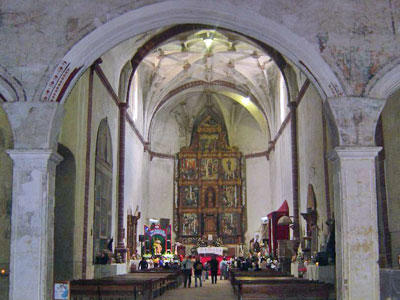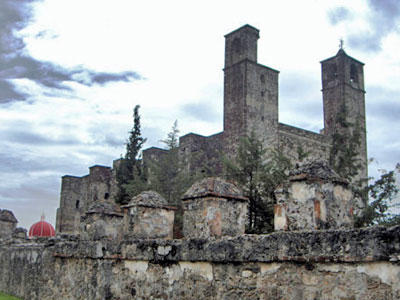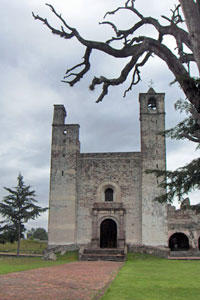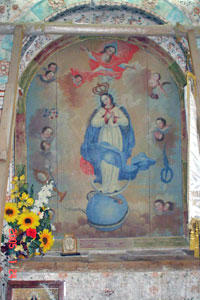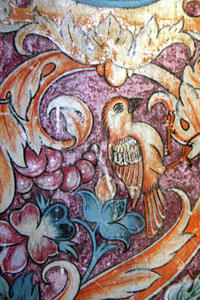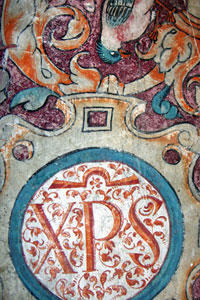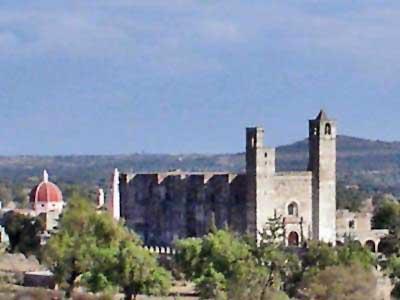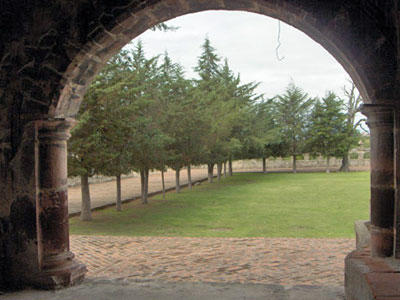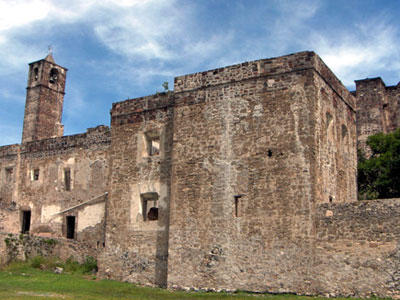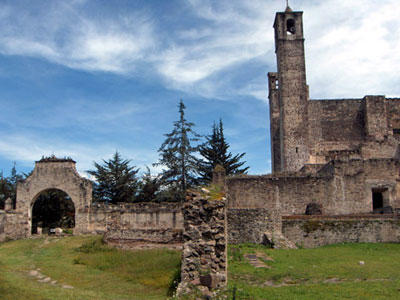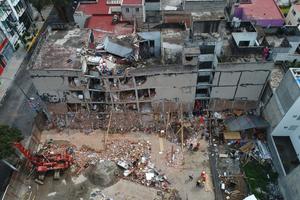San Juan Bautista in Cuauhtinchan
Located in the Mexican state of Puebla, the San Juan Bautista convent in Cuauhtinchan was built between 1528 and 1554 on the site of a 12th-century Tolteca-Chichimeca foundation to support the religious conversion of indigenous populations shortly after the Spanish Conquest. The complex consists of an atrium, church, convent, pilgrims’ portal, garden, and cemetery. After the departure of the Franciscan order in the early 17th century, the complex was abandoned for nearly 350 years. It reopened for religious use in 1973. In the late 1980s the Secretary of Urban Development and Ecology performed the first major restoration of the altarpiece, one of only four remaining complete altarpieces from the 16th century in the Americas. However, earthquakes and 20 years of inadequate maintenance, humidity, and temperature have led to deterioration in the complex and its contents, including the altarpiece. Accumulation of dirt, animal guano, and biological growth further contributed to the slow but persistent deterioration of this part of the convent.
2006 World Monuments Watch
A local advocacy group working with the National Institute of Anthropology and History proposed a long-term preservation plan, including the conservation of mural paintings, altars, and objects in the complex as well as the promotion of cultural tourism to stimulate the local economy. Due to the conservation issues facing the site, the complex was included on the 2006 Watch. Inclusion on the list sparked interest in confronting the problems at the site. WMF, with support from American Express, addressed the environmental issues and took measures to improve conditions in the complex. Conservation work focused on the restoration of walls, murals, and lateral altars in the sanctuary of the church. The Friends of Cuauhtinchan Foundation supported conservation of the main altar. An additional phase of work included the implementation of low-tech methods for environmental control, conservation of exterior walls to prevent leaks, installation of interpretive panels, lighting of the sanctuary, and conservation of the altar of Santa Ana. Today, the building continues to serve as a church as well as a museum showcasing the historical and cultural importance of the complex.
The convent complex at Cuauhtinchan is an enduring reminder of the influence of Franciscans in the region following Cortez’s conquest of Mexico. The interior of the convent is of great artistic importance and the main altarpiece, believed to be the work of painter Nicolás Tejeda de Guzmán and sculptor Pedro de Brizuela, is famed for its size and antiquity.

